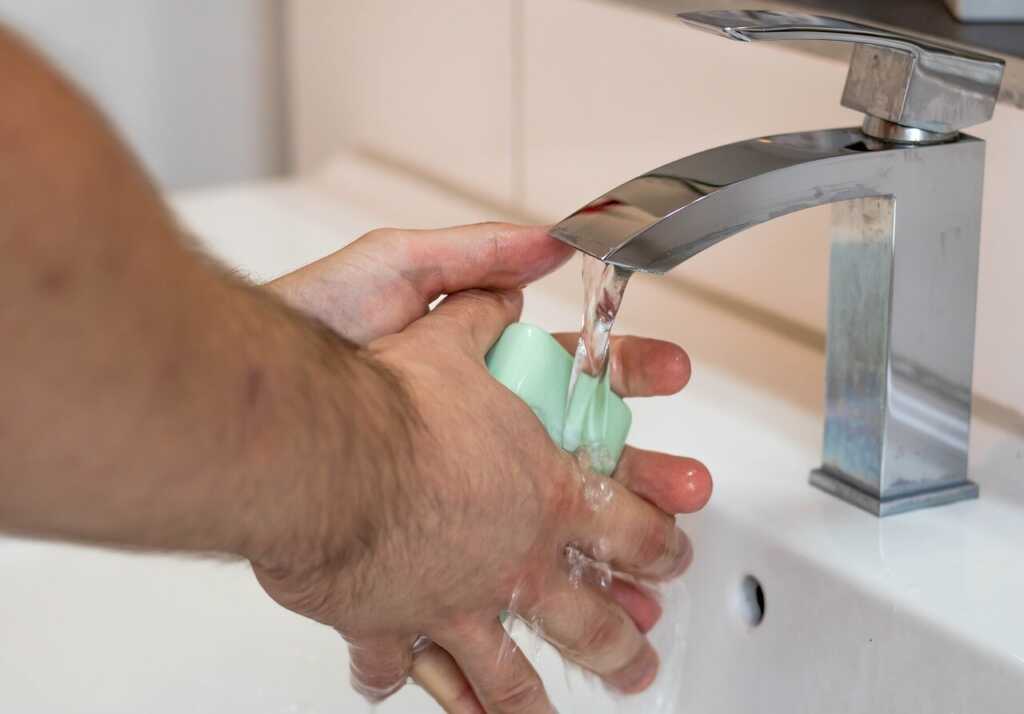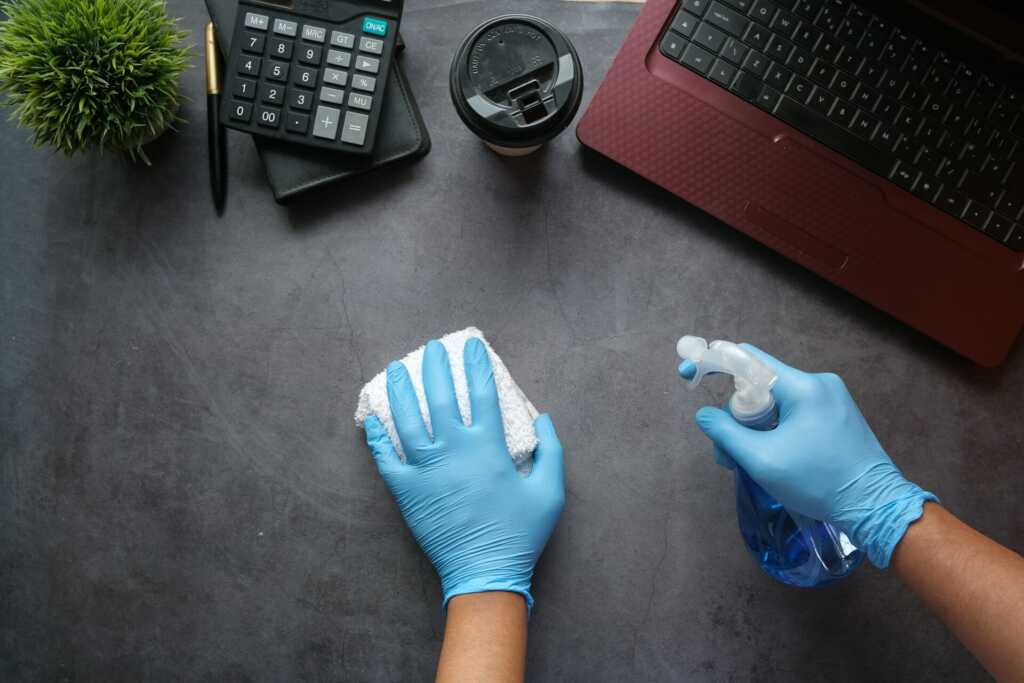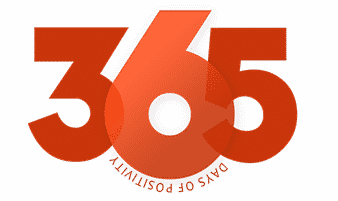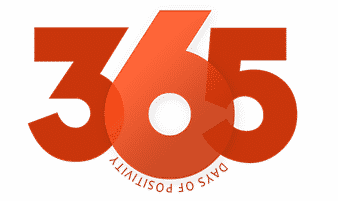Maintaining high hygiene standards is required in any industry, whether it’s food service, healthcare, hospitality, or manufacturing. Not only does it promote a safe and healthy environment, but it also enhances the reputation and credibility of your business. This article explores seven practical tips for elevating hygiene standards in your industry, ensuring compliance with regulations, and fostering a culture of cleanliness and safety.

Develop Clear Hygiene Policies and Procedures
Establishing clear and concise hygiene policies and procedures is essential for promoting consistency and accountability in your organization. Clearly outline expectations for cleanliness and sanitation in employee handbooks, training materials, and workplace signage. Specify the proper use of personal protective equipment (PPE), cleaning products, and disinfection protocols to ensure uniformity across all departments and job roles. This is where the role of an industrial hygiene consultant cannot be overlooked. Industrial hygiene consultants evaluate workplace environments and develop tailored policies and procedures, ensuring compliance with regulatory standards and best practices.
By enlisting the expertise of an industrial hygiene consultant, businesses can benefit from thorough assessments of their facilities, identification of potential hazards, and implementation of effective control measures to mitigate risks and promote a safe and healthy work environment. Additionally, industrial hygiene consultants can provide ongoing support and guidance to help businesses navigate complex regulatory requirements and address any potential hygiene-related challenges. By partnering with an industrial hygiene consultant, companies can demonstrate their commitment to prioritizing the health and well-being of their employees while safeguarding their reputation and bottom line.
Implement Robust Training Programs
One of the most effective ways to elevate hygiene standards in your industry is to invest in comprehensive employee training programs. Ensure all staff members receive proper training on hygiene protocols, including hand washing techniques, sanitation procedures, and the safe handling of hazardous materials. Regular training sessions and refresher courses can help reinforce these practices and keep employees up-to-date with the latest industry regulations.
Consider incorporating interactive training methods such as hands-on demonstrations, role-playing exercises, and multimedia presentations to enhance employee engagement and retention. Encourage active participation and open dialogue during training sessions, addressing any questions or concerns that may arise and promoting a culture of continuous learning and improvement. By prioritizing ongoing education and skill development, you can empower your workforce to effectively implement and uphold high hygiene standards in every aspect of their work.
Provide Adequate Resources and Facilities
Ensure that your workplace is equipped with the necessary resources and facilities to support high hygiene standards. Provide ample access to handwashing stations, hand sanitizers, disinfectants, disposable gloves, and masks where applicable. Regularly replenish supplies and ensure equipment is maintained correctly to prevent contamination and promote a hygienic environment. Consider implementing touchless dispensers for hand sanitizers and soap to minimize the risk of cross-contamination. Regularly inspect facilities and equipment to promptly identify any maintenance issues or supply shortages. By prioritizing the availability and upkeep of essential hygiene resources, you can create a workplace environment that fosters cleanliness, safety, and employee well-being.
Implement Regular Cleaning and Sanitization Protocols
Develop and implement regular cleaning and sanitization protocols, preventing the spread of germs and pathogens in your workplace. Establish cleaning schedules for high-touch surfaces, common areas, and shared equipment, and designate trained staff members responsible for carrying out these tasks. Use EPA-approved disinfectants and follow manufacturer guidelines for proper dilution and application to ensure adequate sanitation.
Furthermore, consider implementing additional cleaning protocols during peak hours or after high-traffic periods to maintain cleanliness throughout the day. Provide ongoing training to cleaning staff to ensure they are knowledgeable about proper sanitation procedures and the effective use of cleaning products. Regularly review and update cleaning protocols based on feedback, emerging best practices, and evolving guidelines to continuously enhance hygiene standards in your workplace.
Encourage Personal Responsibility and Accountability
Foster a culture of personal responsibility for hygiene among your employees. Encourage individuals to take ownership of their hygiene practices and hold themselves and their colleagues accountable for adhering to established protocols. Recognize and reward employees who consistently demonstrate exemplary hygiene standards and promptly and constructively address any lapses or deviations from policy.
Provide ongoing education and training to empower employees to understand the importance of their role in maintaining hygiene standards and its impact on overall workplace safety and well-being. Implement a system for reporting concerns or suggestions related to hygiene practices and encourage open communication among team members to address any issues promptly. By fostering a culture of personal responsibility and accountability, you can create a positive and proactive work environment where everyone is committed to upholding the highest standards of cleanliness and hygiene.
Conduct Regular Audits and Inspections
Regular audits and inspections are essential for monitoring compliance with hygiene standards and identifying areas for improvement. Schedule routine inspections of your facilities, equipment, and practices to assess adherence to hygiene protocols and identify potential risks or deficiencies. Use checklists, audits, and quality assurance measures to track progress and ensure continuous improvement in hygiene performance. Utilize feedback from audits and inspections to promptly implement corrective actions and address any identified deficiencies. By regularly assessing and refining your hygiene protocols, you can maintain a safe and hygienic work environment that promotes the health and well-being of your employees and customers alike.
Stay Informed and Adapt to Changing Requirements
Stay informed about changes in hygiene regulations and emerging trends that may impact your business. Continuously evaluate and update your hygiene policies and procedures to align with evolving standards and address emerging threats like infectious diseases or foodborne illnesses. Maintain open lines of communication with industry associations, and peers to exchange information and stay ahead of the curve in promoting hygiene excellence.
Regularly attending industry conferences and workshops can provide valuable insights into emerging trends in hygiene management. Additionally, consider joining professional associations or subscribing to industry publications to be updated on the latest developments and advancements in hygiene standards and regulations. By remaining proactive and adaptable, you can ensure that your business stays compliant with laws and maintains the highest levels of hygiene excellence.

Elevating hygiene standards in your industry is not just a regulatory requirement—it’s a fundamental aspect of running a safe, successful, and reputable business. By implementing robust training programs, developing clear policies and procedures, providing adequate resources and facilities, and promoting personal responsibility and accountability, you can create a culture of cleanliness and safety that enhances the well-being of your employees and customers. Conducting regular audits and inspections, staying informed about changing requirements, and adapting to evolving standards will ensure that your business remains at the forefront of hygiene excellence now and in the future.





